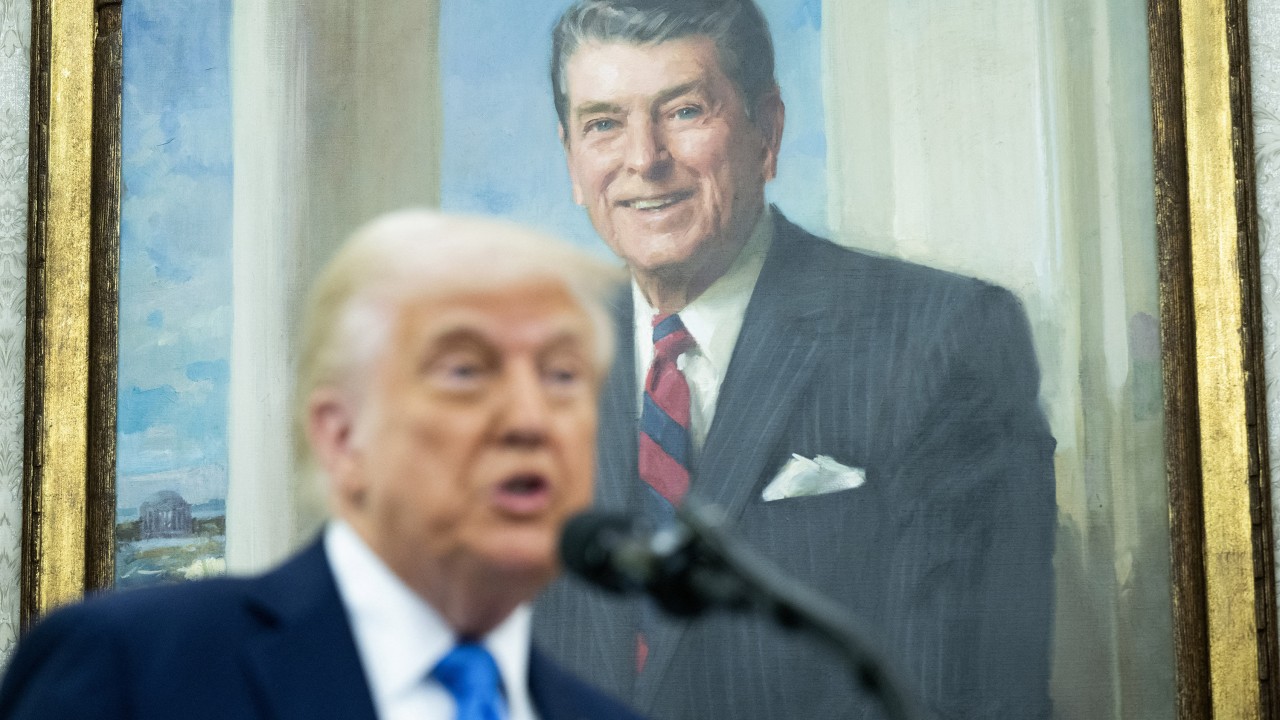Explainer | What is the ‘Mar-a-Lago Accord’, and will it really crash China’s economy?


There has been a frenzy of speculation among investors and policymakers in recent months that the administration of US President Donald Trump is working on a sweeping international agreement to reshape America’s role in the global economy.
Some say the Trump team views such a deal – which has been dubbed a “Mar-a-Lago Accord”, in a nod to the Plaza Accord of the 1980s – as integral to their push to revitalise American manufacturing and reduce the US’ gaping trade deficit.
Though the White House has not officially acknowledged it, a November article by Stephen Miran – Trump’s newly appointed chairman of the Council of Economic Advisers – laid out the key ideas behind the strategy and discussed possible ways to implement it.
In this explainer, the Post unpacks the policy rationale behind a possible Mar-a-Lago Accord and its potential impact on China.
What would a Mar-a-Lago Accord seek to achieve?
In his widely cited article, Miran said the cause of the US’ large trade deficit was the persistent overvaluation of the US dollar.




